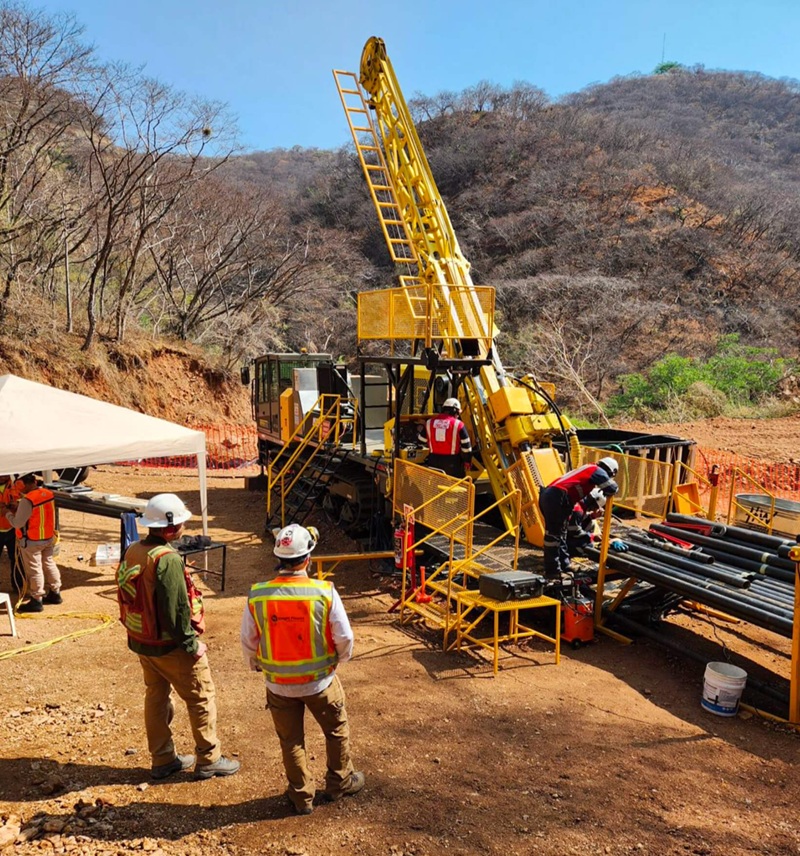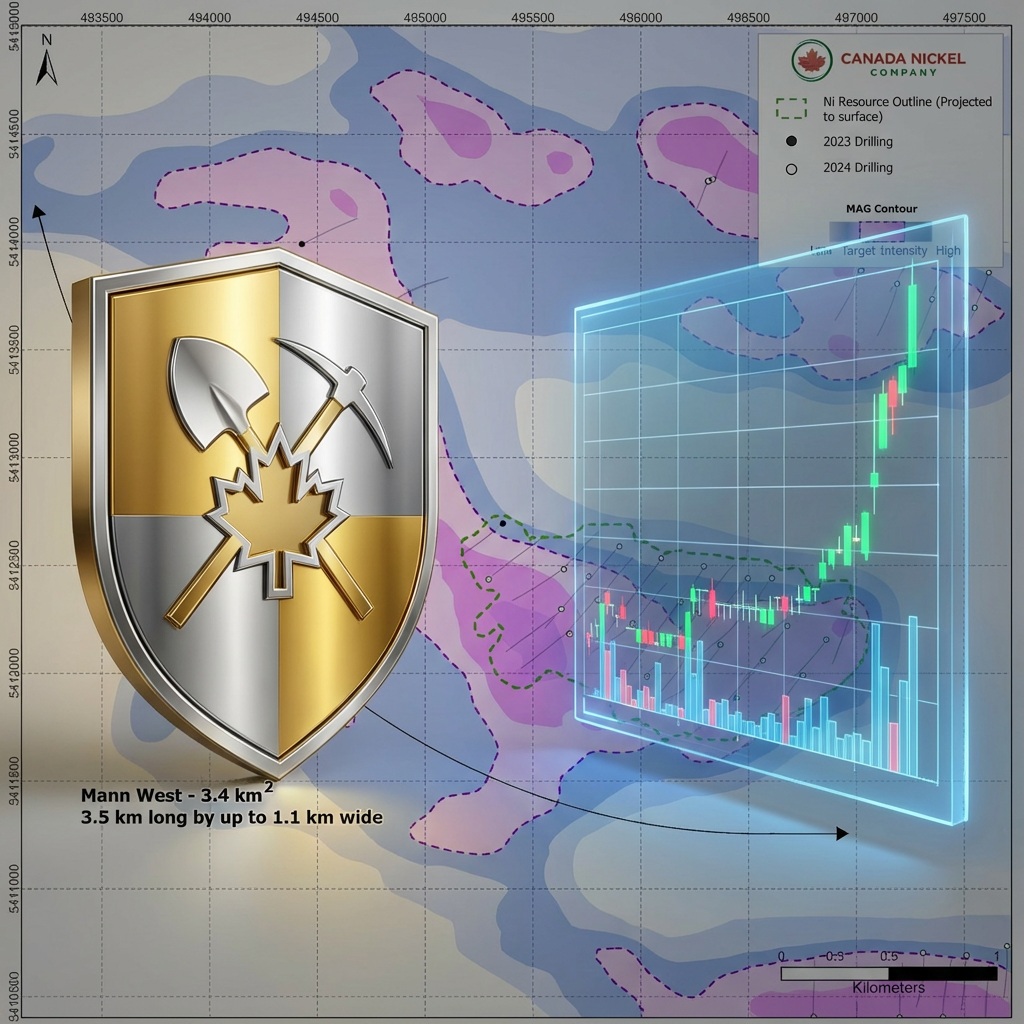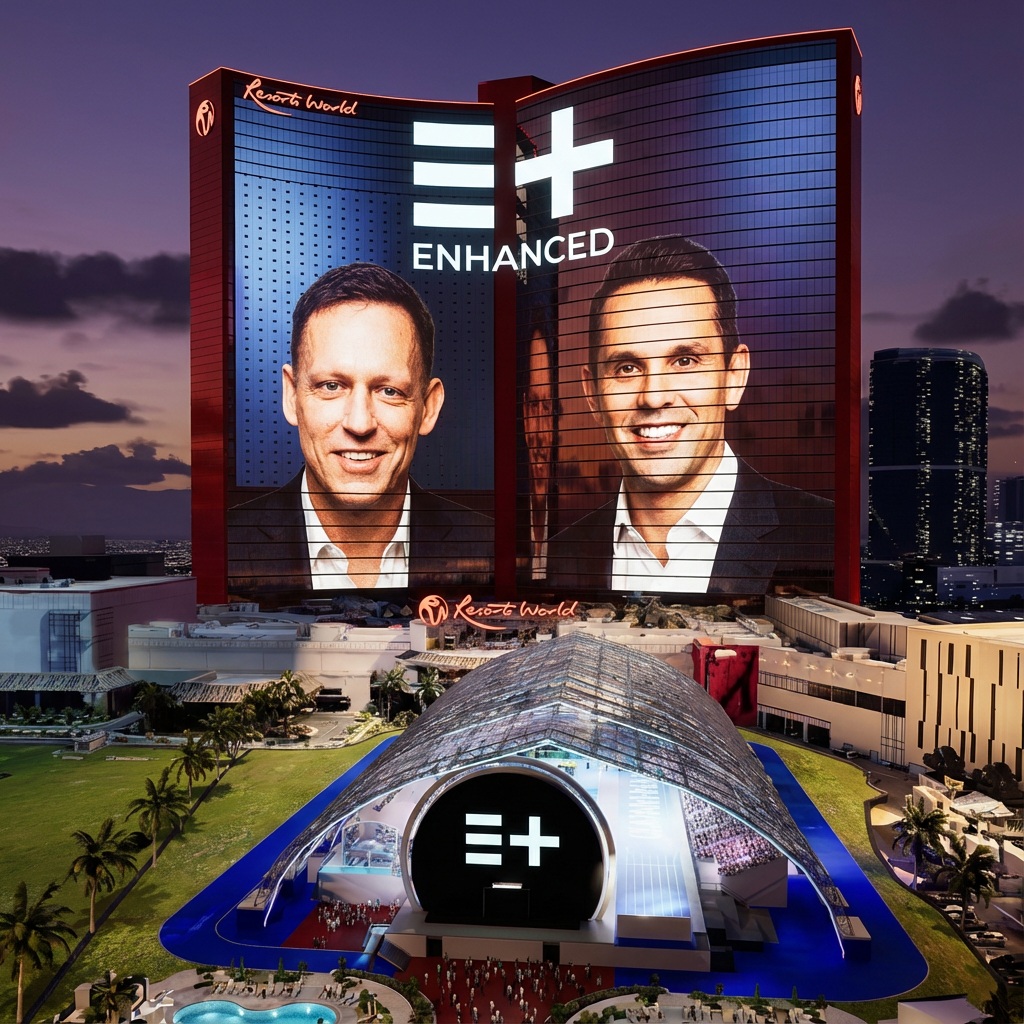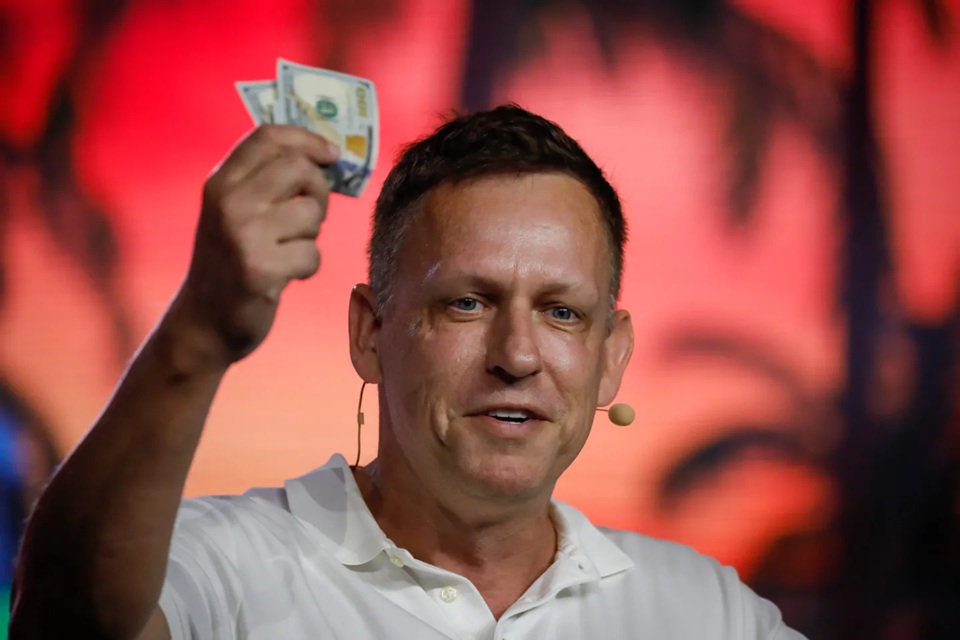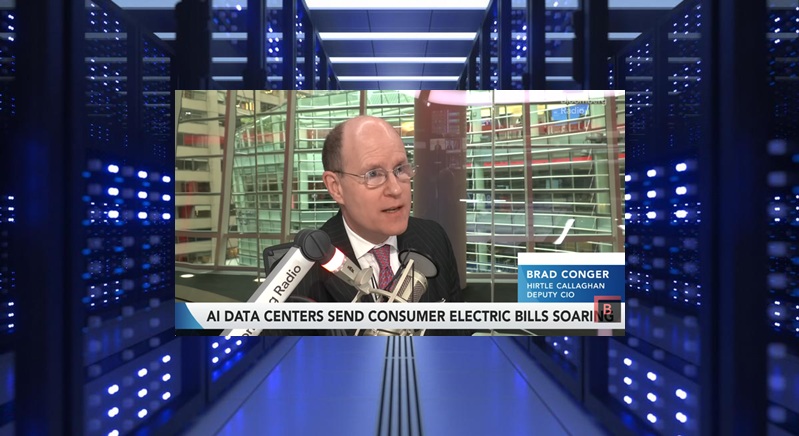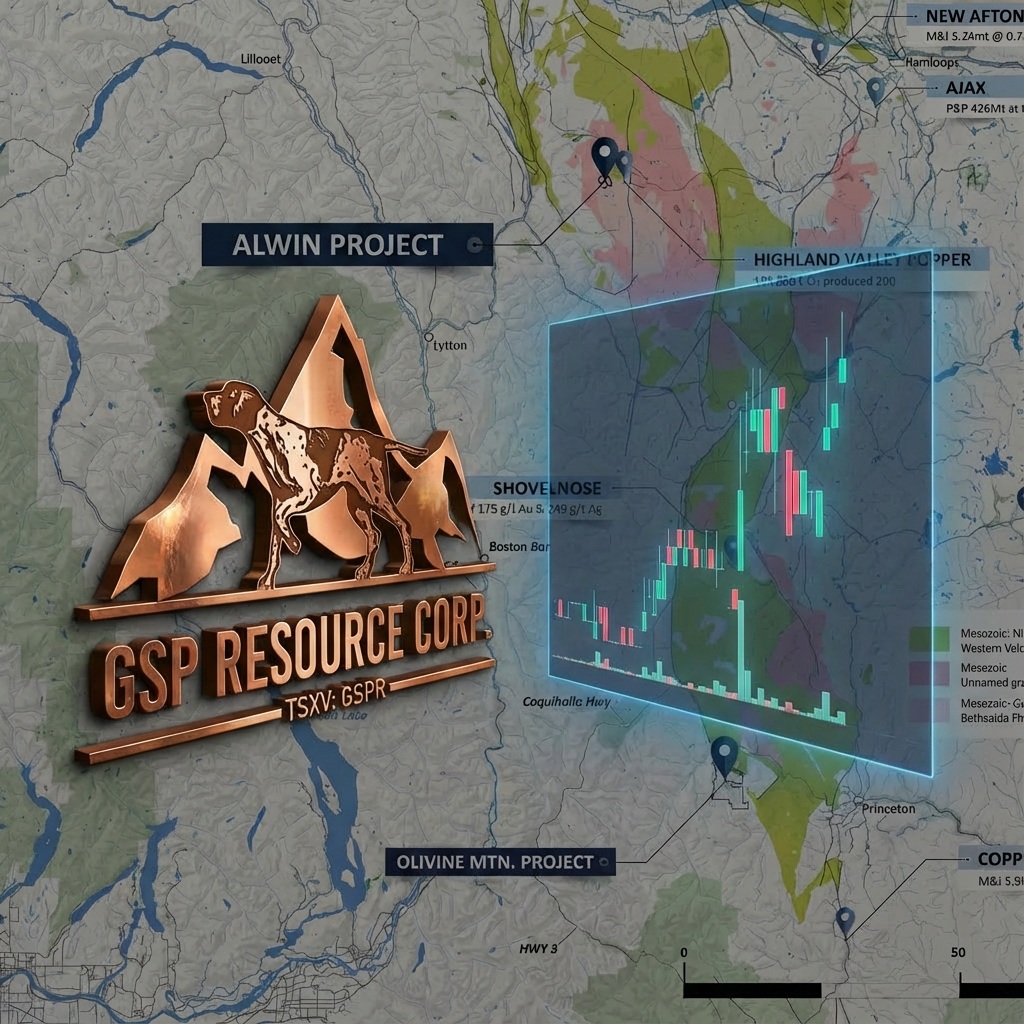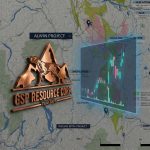
Gold Hits $4,665 and Heliostar Poised for Fastest Production Growth
Gold is up by $69 this morning to a new all-time high of $4,665 per…
Strange Trading in Titan and GSP Resource
Titan Mining (TII) gained by 21.62% in afterhours trading on Friday and we are not…
Noble Hits New 5-Year High After 17.65% Gain on Friday
Noble Mineral Exploration (TSXV: NOB) gained by 17.65% on Friday to a new 5-year high…
NIA Very Excited for Enhanced Games
NIA is very excited for the upcoming Enhanced Games coming on May 24th in Las…
Peter Thiel–Connected Investor Backs Super Copper; Shares Gain 9.86% to $0.78
On Thursday afternoon, NIA introduced Super Copper (CSE: CUPR) at $0.68 per share as a…
Is Peter Thiel Investing into Copper?
We found something interesting. Every time Peter Thiel invests into a new company we almost…
Titan CEO Was on Fox Business
NIA said last month that Titan Mining (TII) “will become the natural resource sector’s #1…
NIA’s #1 Pick for 2026 Titan Mining (TII) Hits New All-Time High
NIA's #1 favorite overall stock suggestion for 2026 Titan Mining (TII) is up by 30.35% today to…
Two Small-Caps Positioned Next to Multi-Billion-Dollar Mining Projects
GSP Resource (TSXV: GSPR) and Noble Mineral Exploration (TSXV: NOB) stand out as the two…
GSP Resource Gains 6.67% and Hits New 52-Week High
NIA’s latest brand-new stock suggestion GSP Resource (TSXV: GSPR) gained 6.67% today to $0.16 per…








